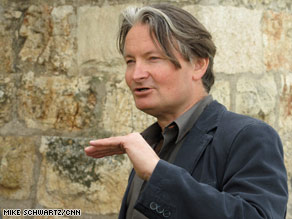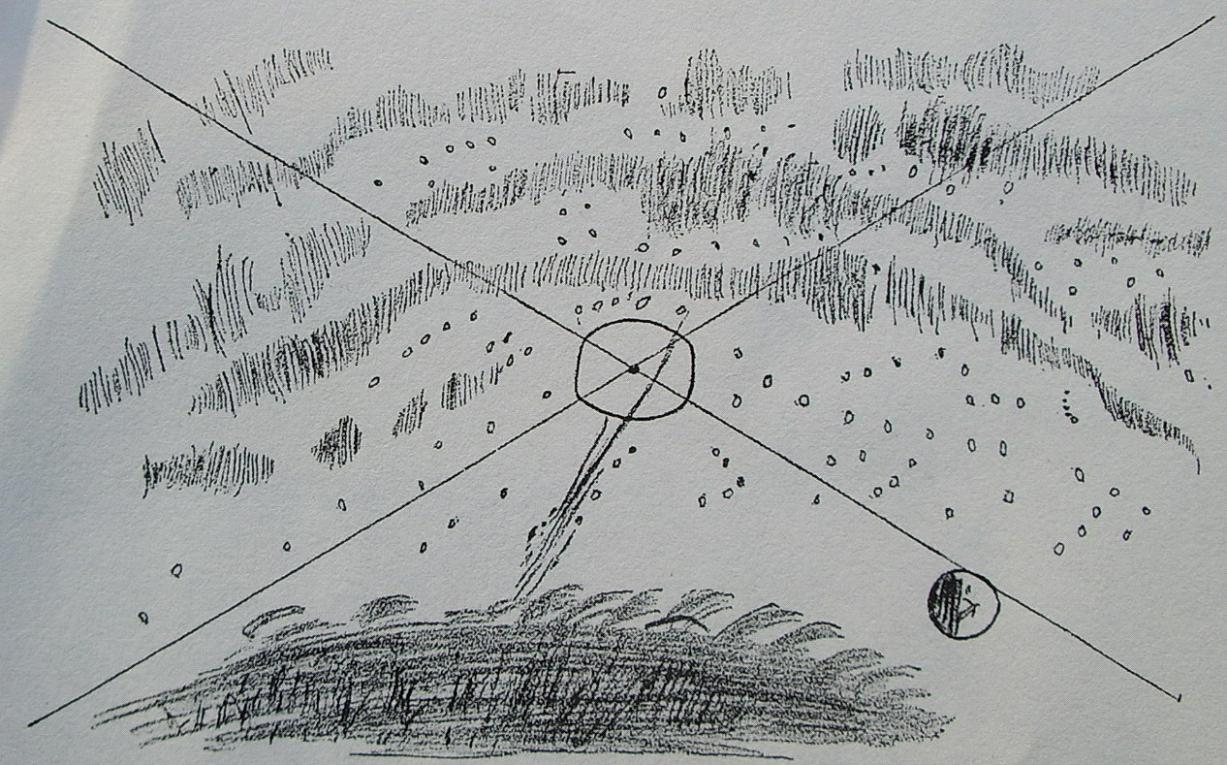March 5, 2009
By LEE DYEMany Think Dreams Are More Reliable Than Conscious Thought, Research Shows
Here's the scene: You wake up after dreaming about a horrible plane crash, and you're scheduled to board an aircraft later in the day for a long-awaited trip. Will that nightmare have any effect on whether you continue with your plans?
A new study explores how dreams affect our behavior. If you dreamed about a plane crash, would you board a plane the next day?
(ABC News/Getty)
Possibly, according to a new multi-cultural study involving nearly 1,100 people around the world. You may not cancel your trip, but your dream will probably weigh as heavily on your thoughts as if there had been a real plane crash that day, not just a dream, according to the study, published in the Journal of Personality and Social Psychology.
The study suggests that humans from a wide range of cultures believe their dreams are a window into the inner workings of the mind and that they may even influence our activities while we're awake. Dreams are serious stuff.
"Most people understand that dreams are unlikely to predict the future, but that doesn't prevent them from finding meaning in their dreams, whether their contents are mundane or bizarre," said psychologist Carey Morewedge of Pittsburgh's Carnegie Mellon University, lead author of the study.
Do Dreams Really Mean Anything?
No doubt even the earliest humans were perplexed and fascinated by dreams that can sometimes seem as real as the world around us. Do they really mean anything? Scholars tended to dismiss them as little more than mental fireworks until the latter part of the 19th century. But when Sigmund Freud published "The Interpretation of Dreams" in 1899, he introduced science to the complex and bizarre world hidden in the human mind.
Freud called dreams the "royal road to the unconscious," and for more than a century now, researchers have tried to travel down that road. We know now that dreams do mean something, and they are universal. The most common dream, according to some studies, occurs in all cultures, and it's virtually certain that anyone reading this article has experienced the same dream. Someone, or something, is in hot pursuit, and if the dreamer can't escape, the consequences will be deadly.
That universal dream usually means the person feels threatened, or under attack, or is recalling a time when an attack was real.
Dreams Contain 'Hidden Truths'
Nearly as common is that old dream of showing up in public and discovering that you forgot to put your pants on before leaving the house. It can mean different things, but usually the person feels exposed or vulnerable.
The interpretation of dreams is still a fuzzy area, and may always be so, but Morewedge and Michael I. Norton of Harvard University and a large team of associates wanted to move dream research into a new arena that is difficult to study: Do dreams actually influence our behavior?
The researchers carried out six studies in both Eastern and Western cultures (the United States, South Korea and India) that led them to conclude that people place considerable importance in their dreams, because dreams come from within the brain, not from outside sources, and thus contain "hidden truths."
Here are just a few of their findings:
 A majority of 182 commuters in Boston reported that dreams affected their daily behavior. Some 68 percent said that dreams foretell the future, and 63 percent said at least one of their dreams had come true. "Participants were more likely to report that a dream of a plane crash would affect their travel plans than a conscious thought of a crash or a warning from the government," the study found.
A majority of 182 commuters in Boston reported that dreams affected their daily behavior. Some 68 percent said that dreams foretell the future, and 63 percent said at least one of their dreams had come true. "Participants were more likely to report that a dream of a plane crash would affect their travel plans than a conscious thought of a crash or a warning from the government," the study found.
 Three-hundred forty-one pedestrians were surveyed in Cambridge, Mass., and people who believed in the Freudian theory of the subconscious were more influenced by their dreams than were nonbelievers, but "regardless of the theory of dreams that they endorsed, participants considered dreams to be more important than similar thoughts occurring to them while awake..." the study found.
Three-hundred forty-one pedestrians were surveyed in Cambridge, Mass., and people who believed in the Freudian theory of the subconscious were more influenced by their dreams than were nonbelievers, but "regardless of the theory of dreams that they endorsed, participants considered dreams to be more important than similar thoughts occurring to them while awake..." the study found.
 Sixty undergraduate psychology students at Rutgers University were asked whether they believed in God on a five-point scale ranging from definitely to doubtful. "Not surprisingly, believers rated dreams in which God spoke to them as more meaningful than did agnostics," the study found. Also, not surprisingly, "agnostics reported that dreams were more meaningful when God suggested that they should take a year off to travel the world than when God suggested they should take a year off to work in a leper colony."
Sixty undergraduate psychology students at Rutgers University were asked whether they believed in God on a five-point scale ranging from definitely to doubtful. "Not surprisingly, believers rated dreams in which God spoke to them as more meaningful than did agnostics," the study found. Also, not surprisingly, "agnostics reported that dreams were more meaningful when God suggested that they should take a year off to travel the world than when God suggested they should take a year off to work in a leper colony."
The Role of Dreams in Our Waking Lives
Consistent throughout the study is the thread that dreams do play a role in the waking lives of most people. They come from within and, thus, contain "hidden truths" that could be useful in real life, or so most of us believe.
The researchers end their report by cautioning that dreams can cause a bit of mischief.
"Dreams of spousal infidelity may lead to suspicious accusations, alienating one's spouse and potentially provoking actual infidelity," they cite as one example. But they go on to add that dreams of infidelity may also be based on fact.
"Dreams may integrate seemingly unrelated evidence -- unexplained credit card charges, smudges of lipstick, distant behavior -- into a correct diagnosis of infidelity," the study suggested.
But they are still just dreams. Not many psychologists would embrace the idea that dreams are a clear window into the inner self, and that they can predict the flight you are supposed to take later today is going to crash.
"We close by noting that, although dreams are unlikely to predict future world events, it is possible that they may provide some hidden insight into diurnal life in the way that laypeople believe they do," the study concluded.
Source: http://abcnews.go.com
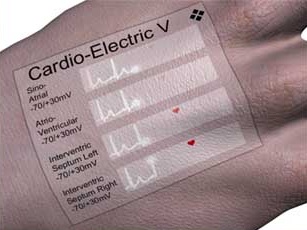
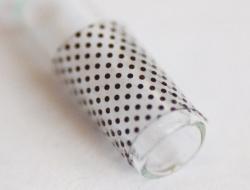
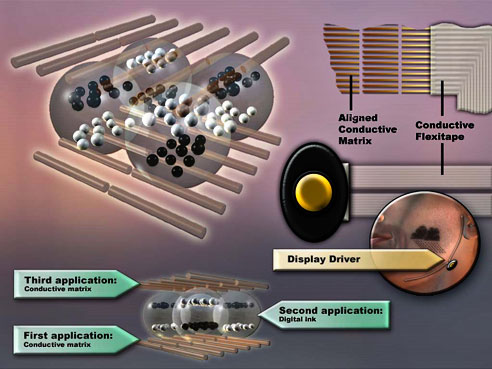
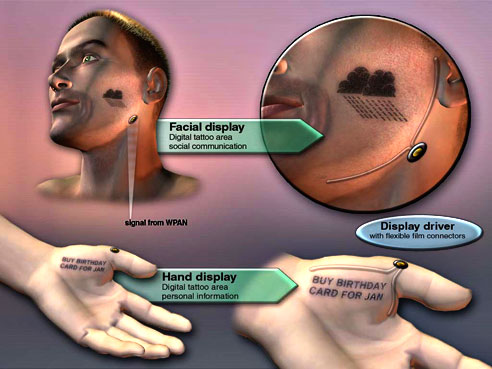

 A majority of 182 commuters in Boston reported that dreams affected their daily behavior. Some 68 percent said that dreams foretell the future, and 63 percent said at least one of their dreams had come true. "Participants were more likely to report that a dream of a plane crash would affect their travel plans than a conscious thought of a crash or a warning from the government," the study found.
A majority of 182 commuters in Boston reported that dreams affected their daily behavior. Some 68 percent said that dreams foretell the future, and 63 percent said at least one of their dreams had come true. "Participants were more likely to report that a dream of a plane crash would affect their travel plans than a conscious thought of a crash or a warning from the government," the study found.
